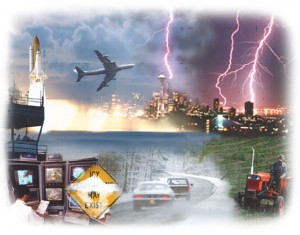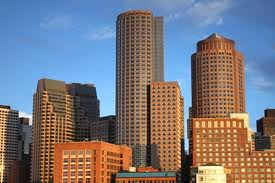How to Conduct a Risk and Vulnerability Assessment of Your Business
 Major disasters shut down almost 50% of small businesses permanently. This happens either because the disaster itself is so extensive that the business is simply unable to recover, or because recovery afterward left the business at a reduced capacity where reopening was simply a losing proposition even if it were possible. The best way to avoid becoming a part of that statistic is to get real world, detailed analysis of your risk and vulnerability as a business. These assessments can help you to identify not only potential sources of loss if an emergency takes place, but they can also help you to know more about the costs involved so that you can properly plan recovery budgets and insurance profiles for your business.
Major disasters shut down almost 50% of small businesses permanently. This happens either because the disaster itself is so extensive that the business is simply unable to recover, or because recovery afterward left the business at a reduced capacity where reopening was simply a losing proposition even if it were possible. The best way to avoid becoming a part of that statistic is to get real world, detailed analysis of your risk and vulnerability as a business. These assessments can help you to identify not only potential sources of loss if an emergency takes place, but they can also help you to know more about the costs involved so that you can properly plan recovery budgets and insurance profiles for your business.
What Does Risk Assessment Involve?
The simplest way to think about risk assessment is to compare it to baby proofing a home; you will need to look at all of the different ways that a baby could become injured, and then take the time to fix those problems accordingly. In your workplace, you’ll have different considerations to take into account, but the general principles remain the same. It’s about understanding what could go wrong, and making the effort to prevent it pre-emptively. Identifying natural hazards is usually one of the easiest to do, but manmade hazards also need to be taken into consideration. In a restaurant, for example, a manmade disaster may be the spilling of grease near an area where a slip could lead to injury by fire. The way to combat this is to add specific non-slip rubber grid flooring where a slip could take place. Another example may be the positioning of water pipes over a location where electronics are in use; a leak could set off a fire, or damage expensive equipment. Thus, a relocation of that equipment may be in order.
 Assessing Vulnerability
Assessing Vulnerability
The other side of the coin will be vulnerability assessment. There are some risks, such as an earthquake, which you can prepare for, but which may cause financial damage regardless of your preparations. For that reason, it’s important to also consider the financial vulnerability that your business has, and to find ways to mitigate and plan for that aspect as well. For example, if you have a large inventory of electronic equipment and there is a flood, you’ll be vulnerable for all of the losses that occur. A flood, an earthquake, and other forms of natural disaster is just one type of vulnerability to consider. Another is manmade problems, which consist of arson, theft, and vandalism. Be aware that not every form of insurance covers instances of vandalism or arson, for example, even if they already cover fire or property damage by natural causes. Part of your vulnerability assessment includes an analysis of your current insurance policies and a review of your options for coverage where you may not be insured.
 Management of Risk
Management of Risk
No business will ever be 100% risk free. The important thing is to make sure that you have a plan to recover after a disaster has taken place, and that you’re well aware of where you may be vulnerable so that you can purchase insurance or budget savings accordingly. The more that you know about potential losses in your business, the easier it will be to form plans that will ensure you can reopen your doors after an emergency. Threat and vulnerability assessments provide several advantages leading to the success of businesses organizations. The evaluation teaches companies what to protect and identifies improvements needed within their security program to prevent security incidents. Avoid the victim mentality, be proactive and ensure the future success of your organization. The impacts from hazards can be reduced by investing in mitigation. If there is a potential for significant impacts, then creating a mitigation strategy should be a high priority. Thompson Building Associates is a PREP Certified company that can help build and maintain an emergency plan for your company and building. To learn more, call Michalle at 614-863-9650.
